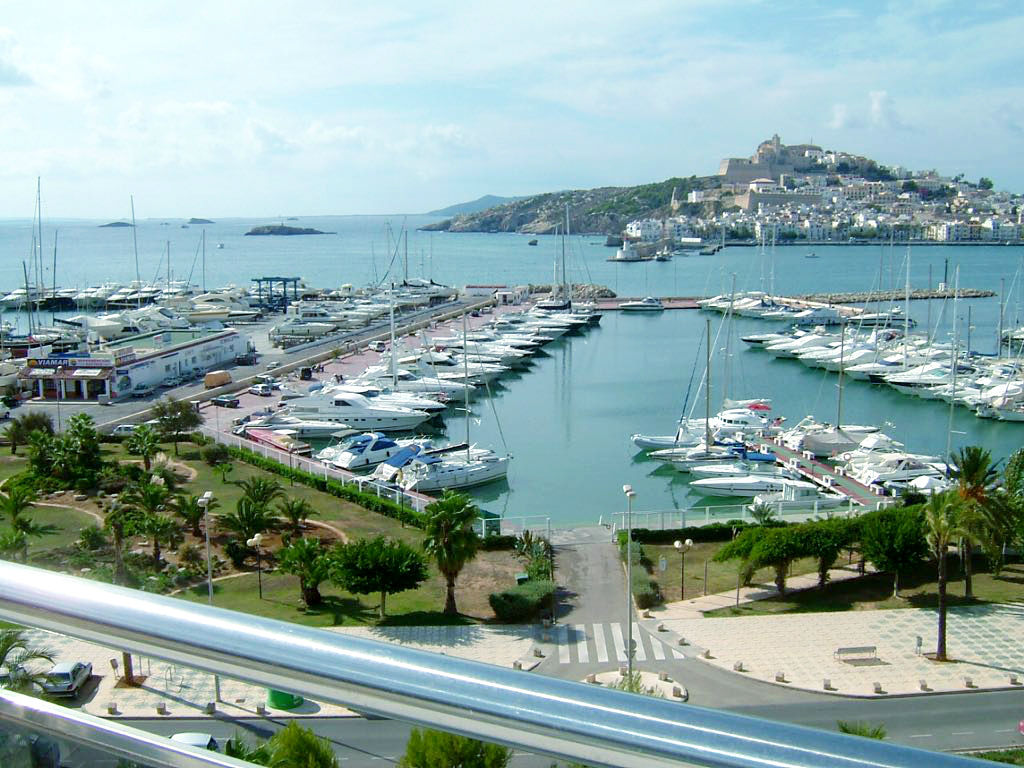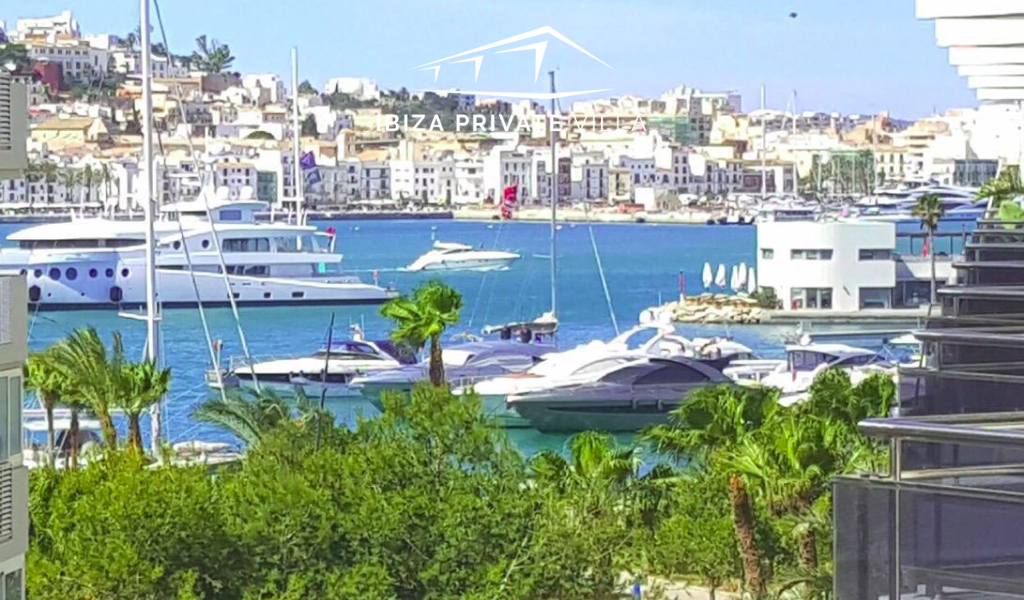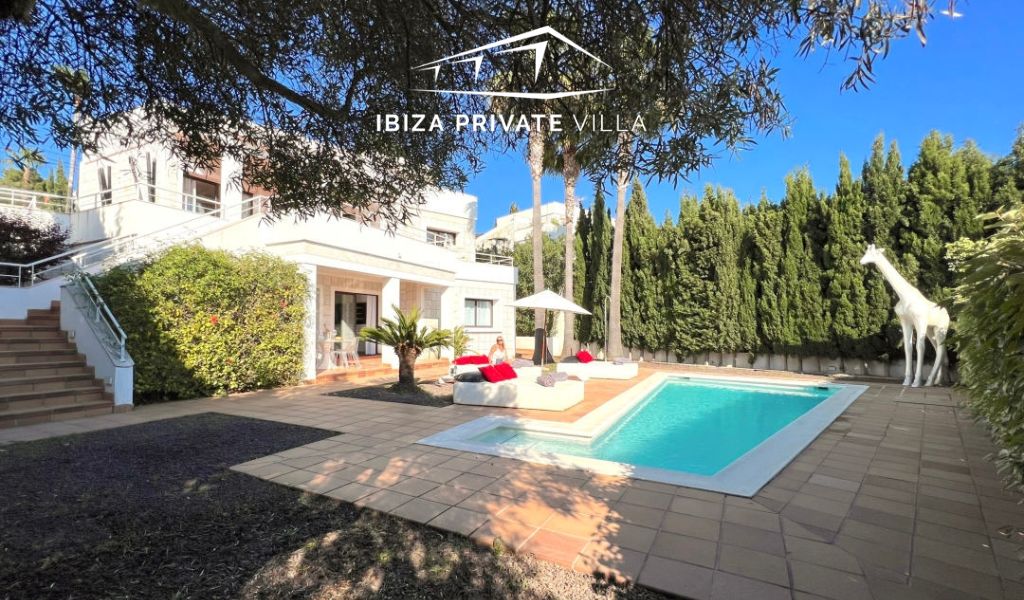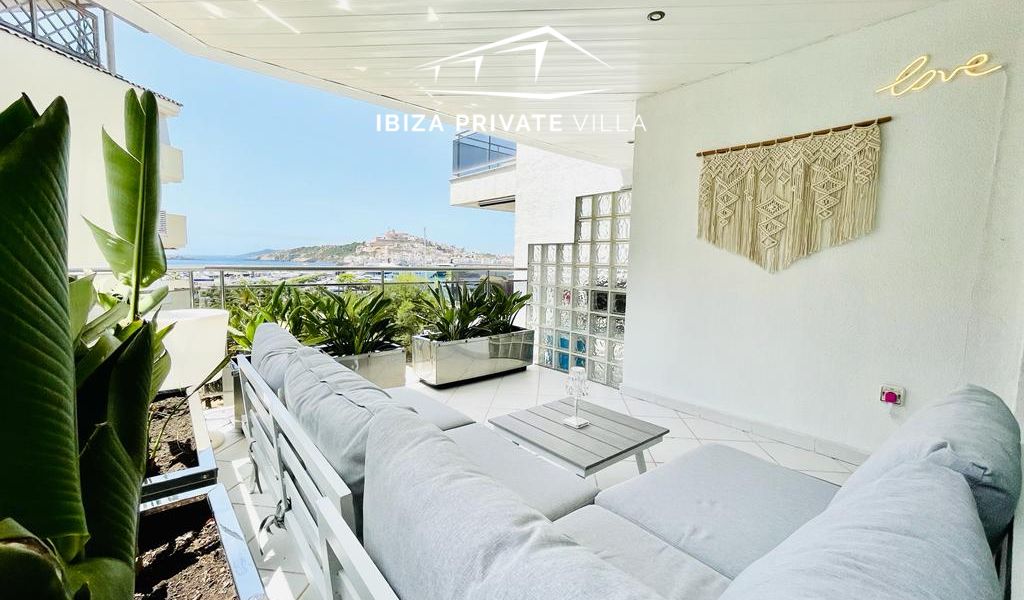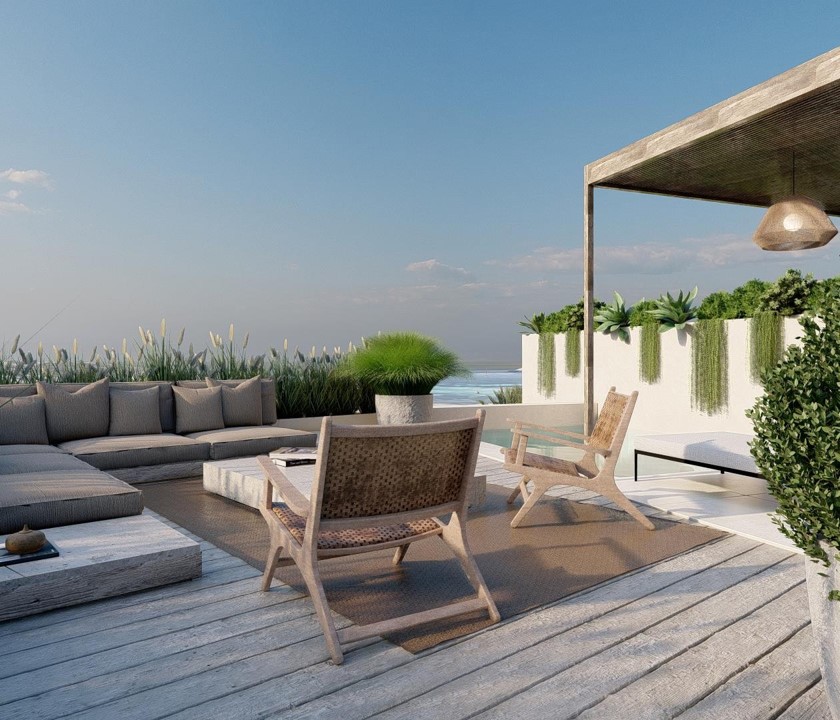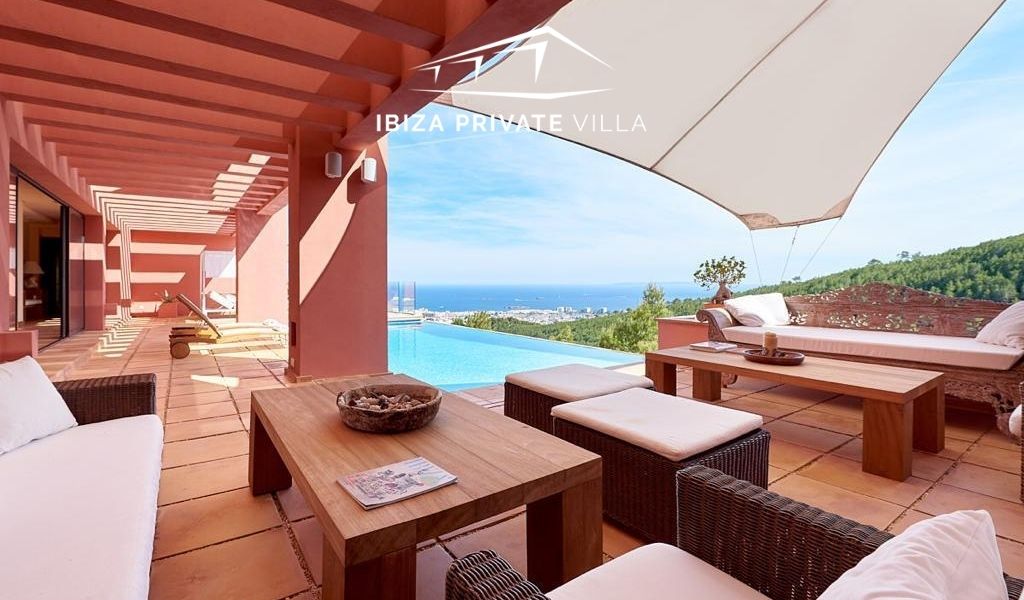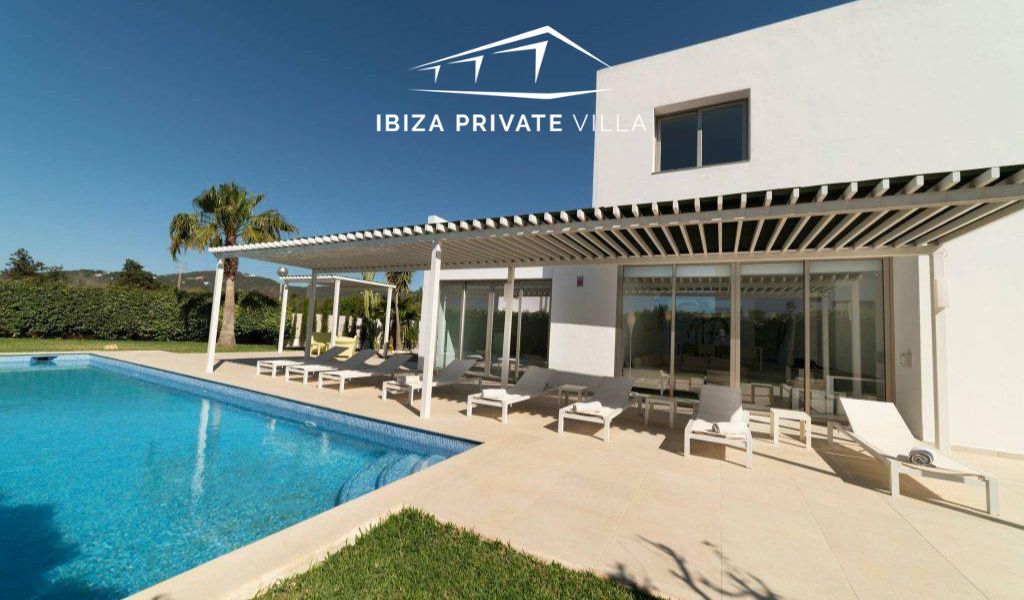Villa Eivissa
Many do not know that Ibiza, in addition to being the name of the island, is also the name of one of the five municipalities of the island that also plays the role of administrative and economic capital.
Ibiza, as they call it all over the world, Eivissa, as the Catalans or Vila call it, as the inhabitants call it, is located in the east of the island. When there are no tourists, the city has about 40,000 inhabitants living in 11 square kilometers and close to three beaches: Ses Figueretes, Talamanca and Platja d’en Bossa.
The oldest part of Ibiza is considered World Heritage Site.
Dalt Vila is the clearest and best preserved testimony of the different cultures with which the island came into contact during its history, such as Phoenicians, Carthaginians, Romans and Muslims, until the Catalan conquest.
The best way to get to know her is to put on a pair of comfortable shoes and jump into the small, steep streets that lead to the highest point, from which you can enjoy a magnificent view through the openings in the walls.
Monuments and churches
The main monuments of the fortified town that deserve a visit are the Hospitalet church, dedicated to the blessed Maria de Gràcia. It is one of the best preserved churches on the island.
The most important church in Dalt Vila is the Cathedral; built after the conquest of 1235 and dedicated to Santa Maria, it is located in the highest part of the fortress, where an Islamic building once stood.
The construction, in Catalan Gothic style, began in the fourteenth century and underwent extensive changes over the centuries, until 1712 when work began that transformed it into a baroque church.
Destroyed by a bomb during the Civil War, it was restored in 1940. In the Cathedral Square stands the rectangular-shaped castle surrounded by a wall with seven towers that leans against the Almudaina, the diminutive Arabic word of al-Madina. which means “small city”.
The Almudaina eivissenca is a fortified structure that the Arabs destined to military and administrative center of the Muslim Wali (governor) and is formed by 9 squared towers from which one can see a beautiful view of the sea.
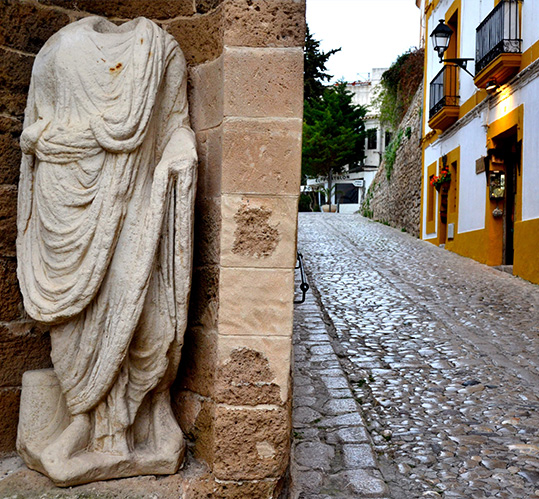
Sa Penya e la Marina
Sa Penya can translate it as La Collina, even if the full name is sa Penya de Santa Lucia, the Hill of Santa Lucia, named after the church was built in honor of the Saint. Sa Penya was the place where the poor of Ibiza lived, who could not afford to live in Dalt Vila, the fortified ciutadella well defended by the attacks of the Moorish pirates. Sa Penya is the place of Ibiza preferred by the gay community.
Even its main street, Calle de la Verge (in spite of its very religious name), while during the day it is a quiet street, bars and shops, in the evening it is the meeting place of gays from all over the world, with a night life very intense, made up of nightclubs, bars, music in which you will find queues of drag queens and cubists who make their way through the crowd distributing discounts on costs (dear) of the discos of Ibiza.
The Marina, the area close to the port, is full of restaurants, bars, expensive shops, which pair with the luxurious yachts anchored on the piers.
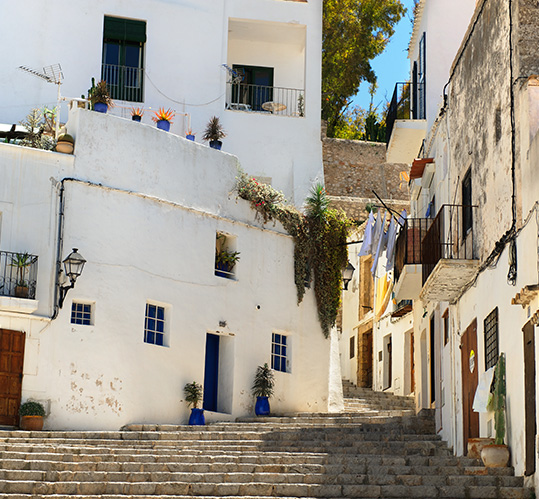





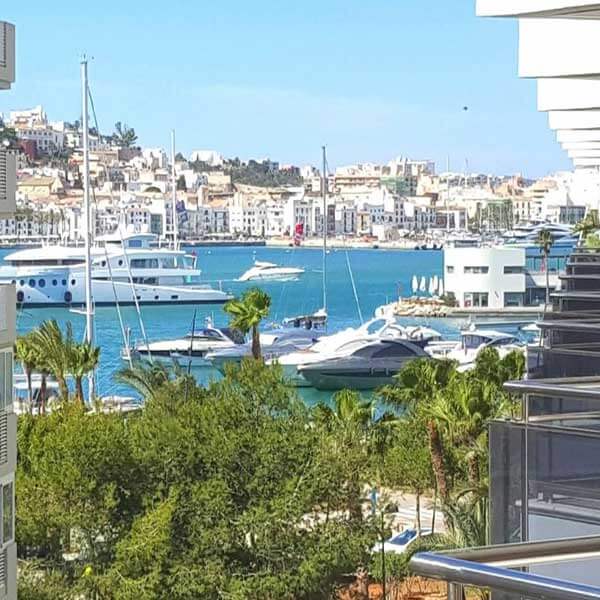
 2
2 95 m²
95 m² 2
2 10 m²
10 m² 2
2